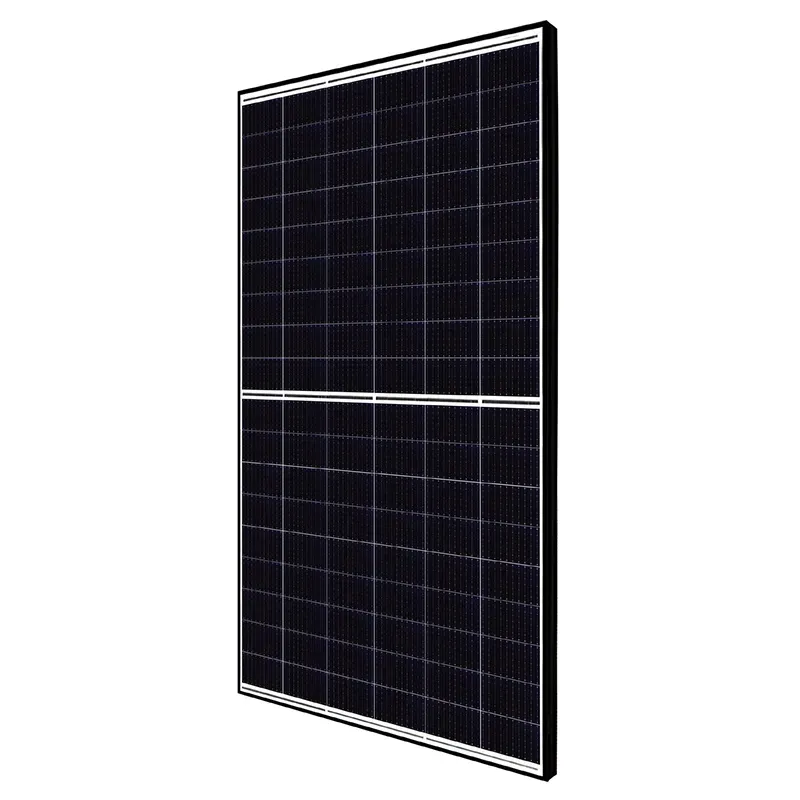Exploring Advances in Solar Cell Efficiency and Their Impact on Renewable Energy Development
Solar Cell Efficiency Advances and Future Perspectives
Solar energy has emerged as one of the most promising solutions to meet the world's growing energy demands while simultaneously addressing the critical issues of climate change and environmental sustainability. At the heart of this revolutionary energy source lies solar cell technology, which converts sunlight into electricity. The efficiency of solar cells, defined as the ratio of the electrical output to the solar energy input, plays a vital role in the feasibility and effectiveness of solar power systems. In recent years, remarkable strides have been made in enhancing solar cell efficiency, and understanding these advancements is essential for appreciating the future of renewable energy.
Historically, the most common type of solar cell has been the crystalline silicon solar cell, which has dominated the market since its inception. Traditional silicon solar cells have achieved efficiencies around 15-22%, which is considerably better than earlier technologies. However, researchers and engineers are continually pushing the boundaries to unlock even higher efficiencies. One of the major advances in this field is the development of multi-junction solar cells. These cells stack multiple layers of photovoltaic materials, each designed to capture different segments of the solar spectrum. As a result, multi-junction cells have been able to achieve efficiencies exceeding 40% in laboratory settings, making them the most efficient solar cells available today.
In addition to multi-junction cells, the implementation of new materials and technologies has significantly contributed to increasing solar cell efficiency. Perovskite solar cells, a newcomer to the photovoltaic market, have garnered considerable attention due to their impressive performance and lower production costs. Since their discovery, perovskite solar cells have rapidly progressed from initial efficiencies of just a few percentage points to over 25% in a short span of time. Their ease of fabrication and potential for integration into flexible substrates open new avenues for solar energy applications, such as building-integrated photovoltaics (BIPV).
solar cell efficiency

Moreover, advances in manufacturing techniques have also played a crucial role in improving solar cell efficiency. Techniques like passivated emitter and rear cell (PERC) technology have enhanced light trapping and reduced recombination losses, thereby increasing the overall efficiency of crystalline silicon solar cells. Furthermore, the advent of bifacial solar panels, which can capture sunlight on both sides, has presented an exciting new opportunity to boost energy yield from solar installations.
While efficiency is a critical factor, it is essential to consider the broader context of solar technology's economics and sustainability. As efficiencies increase, the cost of solar energy continues to decline, making it one of the most economically viable sources of energy globally. Continued investment in research and development is crucial to refine these technologies further, as well as to explore innovative materials such as organic photovoltaics and quantum dot solar cells, which promise to deliver even greater efficiencies in the future.
In conclusion, solar cell efficiency remains a dynamic and rapidly evolving field, with significant advancements poised to reshape the landscape of renewable energy. As technologies improve and efficiencies rise, solar energy will play an increasingly pivotal role in the global energy transition. By harnessing the power of the sun more effectively, we can make substantial strides towards a more sustainable and low-carbon future. The journey continues, but with every improvement in solar cell efficiency, we move closer to a world where clean, renewable energy is accessible to all.
-
String Solar Inverter: The High-Efficiency Solution for Smart Solar EnergyNewsJul.14,2025
-
Revolutionizing Rooftop Energy with the Power of the Micro Solar InverterNewsJul.14,2025
-
Power Independence with Smart Off Grid Solar Inverter SolutionsNewsJul.14,2025
-
On Grid Solar Inverter: Powering the Future with Smart Grid IntegrationNewsJul.14,2025
-
Monocrystalline Solar Panels: High-Efficiency Power for the Future of Clean EnergyNewsJul.14,2025
-
Bifacial Solar Panel: A Smarter Investment for Next-Generation Energy SystemsNewsJul.14,2025







